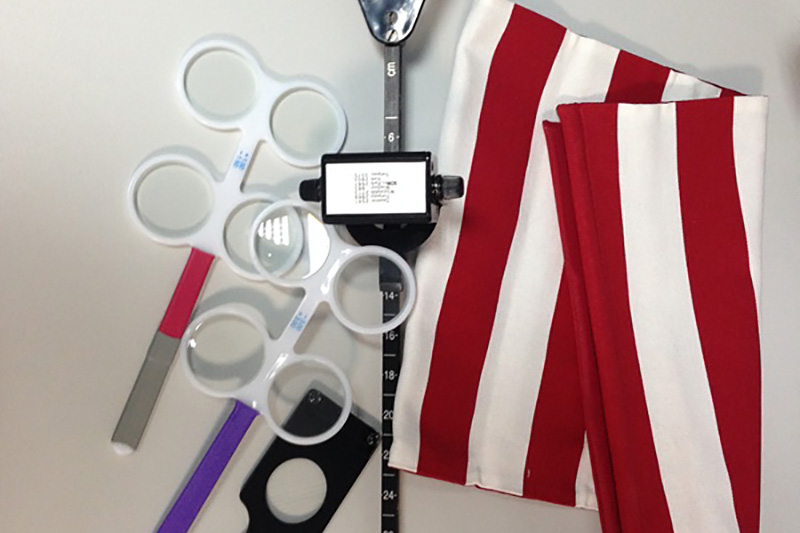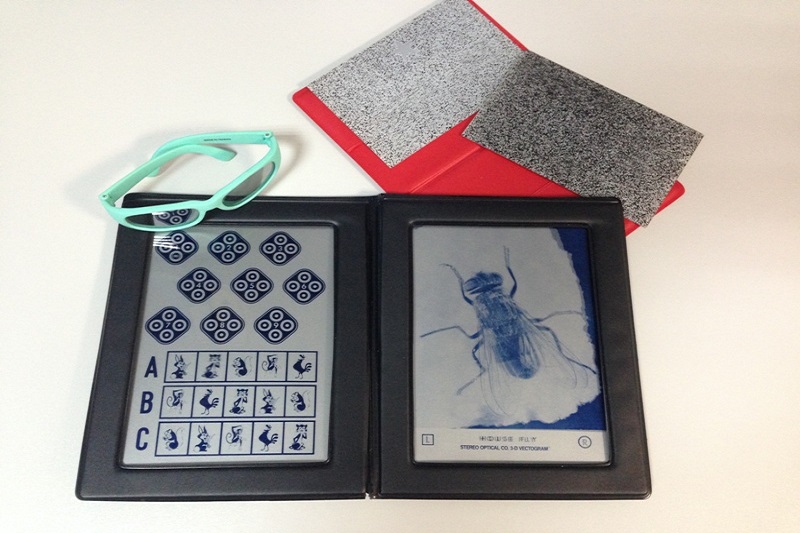Services
Svjetlost is the leading ophthalmology clinic in this part of Europe, offering complete ophthalmic services.

 The mobility of the eye is checked for each eye separately (duction) as well as coordinated movement of both eyes (versions and vergencies). The following step is assessing the degree of binocular vision (proper cooperation of both eyes with creating a stereo image - Bagolini test, Titmus test, Lang test).
The mobility of the eye is checked for each eye separately (duction) as well as coordinated movement of both eyes (versions and vergencies). The following step is assessing the degree of binocular vision (proper cooperation of both eyes with creating a stereo image - Bagolini test, Titmus test, Lang test). When necessary, testing for double vision is performed. The measurement of accommodation (adjustment of the eyes fornear vision) is also conducted when the strabismus surgery is required, simulation and check of the planned eye position is simulated before the planned surgery
When necessary, testing for double vision is performed. The measurement of accommodation (adjustment of the eyes fornear vision) is also conducted when the strabismus surgery is required, simulation and check of the planned eye position is simulated before the planned surgery